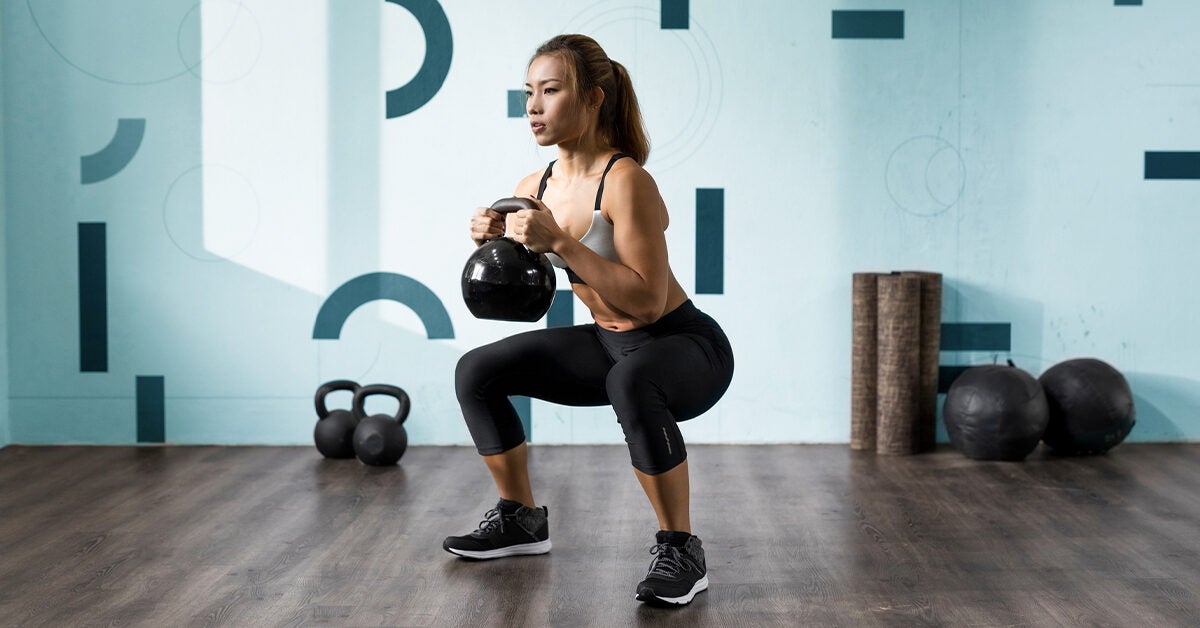In the realm of fitness, there are countless ways to achieve physical and mental well-being. While some individuals gravitate towards intense strength training, others find solace in the gentle practice of yoga. However, what if there was a way to combine the benefits of both worlds? Enter dip bars and yoga—a dynamic fusion that brings together strength and flexibility to create a harmonious and well-rounded fitness routine. In this blog post, we will explore the synergy between dip bars and yoga, uncovering the advantages of incorporating both practices into your fitness regimen.
Table of Contents
I. The Benefits of Dip Bars
Straight Dip bars or parallel dip bars, also known as parallel bars or dip stations, are a simple yet effective piece of exercise equipment that offer a multitude of benefits. Here are a few reasons why dip bars should be part of your fitness routine:
- Upper Body Strength: Dip bars primarily target the muscles in your upper body, including the chest, triceps, shoulders, and core. Regular use of dip bars can help develop strength, stability, and muscle definition in these areas.
- Functional Fitness: Dip bars promote functional fitness by engaging multiple muscle groups simultaneously. This can enhance your ability to perform everyday tasks, such as lifting, pushing, and pulling, with greater ease and efficiency.
- Versatility: From dips and push-ups to leg raises and bodyweight rows, dip bars offer a wide range of exercises that can be modified to suit various fitness levels. This versatility allows individuals of all abilities to reap the benefits of dip bar workouts.
II. The Power of Yoga
Yoga, an ancient practice originating from India, has gained immense popularity in recent years due to its holistic approach to well-being. By incorporating yoga into your fitness routine, you can experience a myriad of advantages:
- Flexibility and Mobility: Yoga postures, or asanas, focus on stretching and lengthening the muscles, which improves flexibility and enhances joint mobility. Increased flexibility can help prevent injuries and improve overall athletic performance.
- Mind-Body Connection: Yoga places a strong emphasis on breath control and mindfulness. The practice of coordinating breath with movement helps cultivate a deeper mind-body connection, leading to reduced stress levels, improved mental clarity, and enhanced self-awareness.
- Core Strength and Stability: Many yoga poses require core engagement for balance and stability. Regular practice of yoga can strengthen the core muscles, leading to better posture, improved balance, and reduced back pain.
III. Combining Dip Bars and Yoga
Now that we understand the individual benefits of dip bars and yoga, let’s explore how they can be synergistically combined to create a comprehensive fitness routine:
- Warm-Up: Begin your session with a gentle yoga warm-up sequence. This can include dynamic stretches, sun salutations, and simple flows to warm up the muscles, increase blood circulation, and prepare the body for the upcoming workout.
- Dip Bar Exercises: Transition into dip bar exercises to target the upper body muscles. Perform sets of dips, push-ups, and bodyweight rows, focusing on proper form and controlled movements. Dip bars provide an excellent complement to yoga by adding strength and resistance training to your routine.
- Yoga Poses for Strength and Balance: After completing the dip bar exercises, return to your yoga mat for a series of strength-building poses. Poses like plank, chaturanga, and warrior variations engage the muscles of the upper body, lower body, and core, enhancing overall strength and stability.
- Yoga for Flexibility: Conclude your workout with a yoga sequence designed to improve flexibility and mobility. Incorporate poses such as downward-facing dog, pigeon, and seated forward folds to stretch and lengthen the muscles worked during the dip bar exercises.
Conclusion and Sample Workout
Dip bars and yoga form a perfect symbiotic relationship, combining strength and flexibility in a harmonious fitness routine. By incorporating both practices into your workouts, you can unlock a multitude of benefits for your body and mind.
The marriage of dip bars and yoga offers a comprehensive approach to fitness, addressing various aspects of physical well-being. Dip bars provide a platform for building upper body strength, improving functional fitness, and enhancing muscle definition. On the other hand, yoga cultivates flexibility, mobility, and balance, while nurturing the mind-body connection.
Integrating dip bar exercises and yoga poses into a single workout routine allows you to reap the advantages of both disciplines. Here’s a sample dip bar training routine to help you get started:
- Warm-Up: Begin with a 5-10 minute warm-up that includes dynamic stretches, joint rotations, and gentle movements to prepare your body for the workout ahead. This can involve wrist circles, neck rolls, shoulder rotations, and hip openers.
- Dip Bar Exercises: Move on to your dip bar station and perform a series of exercises. Start with dips, which target the chest, triceps, and shoulders. Focus on maintaining proper form, keeping your elbows tucked in and your core engaged. Aim for 2-3 sets of 10-15 repetitions.
Next, transition to push-ups using the dip bars. This variation adds an extra challenge to your push-up routine by engaging more muscles in the upper body and core. Perform 2-3 sets of 10-15 repetitions.
For a full-body workout, incorporate bodyweight rows using the dip bars. This exercise targets the back, biceps, and shoulders while promoting upper body stability. Aim for 2-3 sets of 10-15 repetitions.
- Yoga Poses for Strength and Balance: After completing the dip bar exercises, return to your yoga mat and focus on poses that build strength and balance. Incorporate postures such as plank, side plank, boat pose, and warrior variations. Hold each pose for 30-60 seconds, focusing on proper alignment and engaging the relevant muscle groups.
- Yoga for Flexibility and Recovery: Transition into a yoga sequence that emphasizes flexibility and recovery. Include poses like downward-facing dog, pigeon pose, seated forward folds, and spinal twists. Hold each pose for 1-2 minutes, allowing the muscles to relax and release tension. Remember to focus on deep breathing and maintaining a calm and meditative state throughout the sequence.
- Cool-Down and Relaxation: Finish your workout with a cool-down routine that includes gentle stretches and relaxation poses. Wind down with child’s pose, supine twists, and savasana (corpse pose) to bring your heart rate down, relax the body, and promote a sense of calm and well-being.
Remember to listen to your body and modify the exercises and poses according to your fitness level and any specific limitations or injuries you may have. It’s essential to prioritize safety and proper form throughout your workout.
In conclusion, the combination of dip bars and yoga offers a powerful synergy, blending strength, flexibility, and mindfulness in a single fitness routine. By incorporating both practices, you can achieve a well-rounded and balanced approach to fitness that nurtures your body and uplifts your mind. So, grab those dip bars and unroll your yoga mat—embrace the union of strength and flexibility for a transformative fitness experience.


/motortion-02599bf214f543199d9ae5c81e24ca6b.jpg)
